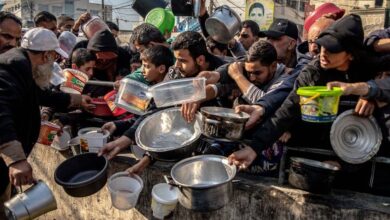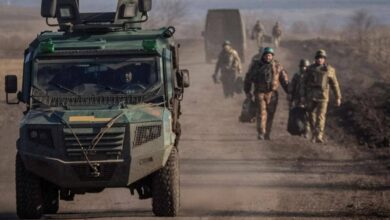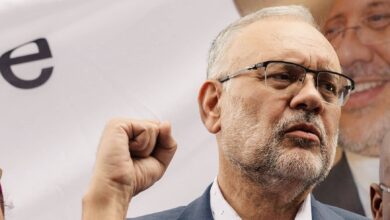
It can be noted that the latest movement for employment quota in jobs has triggered violence in Bangladesh, and at least 39 people were killed. More than 30 besieged reporters, including four dailies and 104 police personnel, reported news agency AFP.
About 400 students have been injured; this has shown violent confrontation between the demonstrators, mainly students, and the security forces. There has been criticism of forces, especially the police force, and this criticism has been based on the fact that out of the reported deaths, two-thirds of them are as a result of police firing.
This has led the Bangladesh government to close schools and colleges indefinitely, while roads have been barricaded in half of the 64 districts in Bangladesh. The state has also resorted to website and news broadcast blackouts, which have been causing accusations of suppression of media coverage of the protests.
The riots emerged in reaction against a job reservation policy involving more than 50 per cent of the legislation employment reserved for certain sectors, especially sons and daughters of the liberators of Bangladesh from the Pakistani domination in 1971.
Students have long been calling for eliminating such quotas, and earlier, they came out demonstrating against PM Sheikh Hasina to have the scheme reversed back in 2018.
However, the Supreme Court later reignited the quota through some rulings, which exacerbated the current wave of protests, which were violently cracked down by the Bangladesh Chhatra League, which is affiliated with the ruling Awami League party.
The conflict continues to create tension as the students continue to speak of their protests even after the government has tried to defuse the situation.
The restrictions on the media, along with the alleged physical aggression against the journalists, have only enhanced the students’ actions to pressure the government to solve the issue of the job-quota system.



